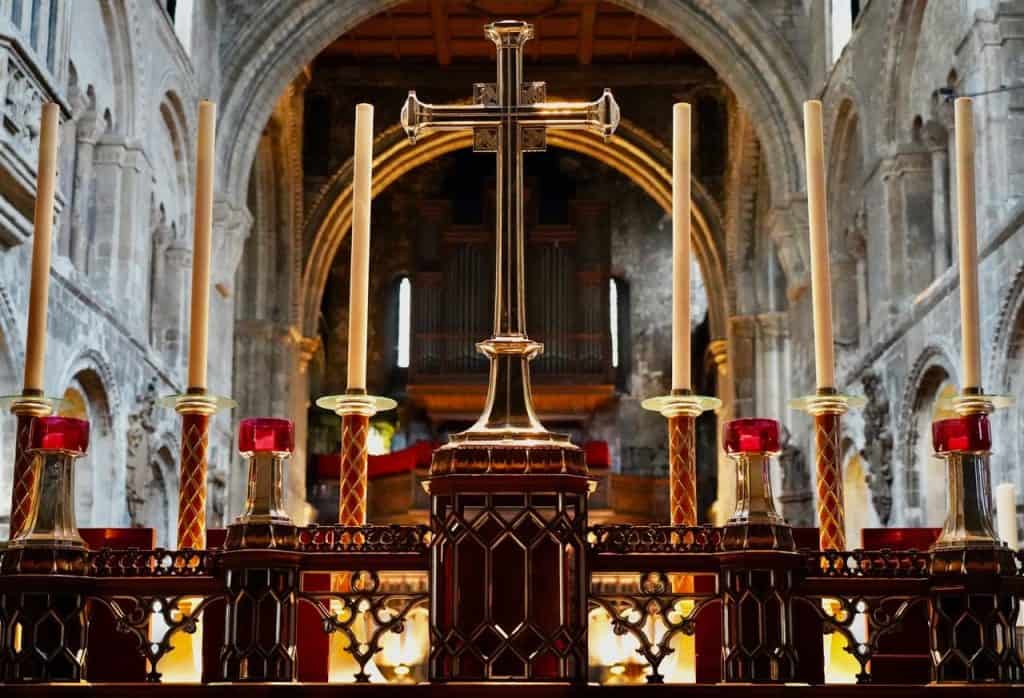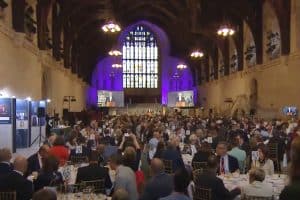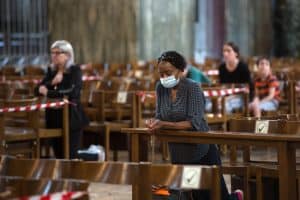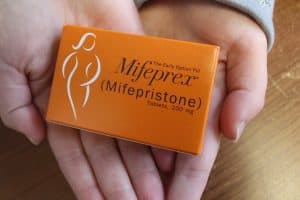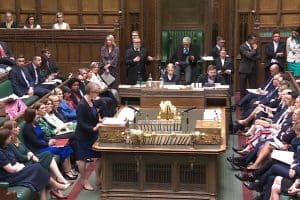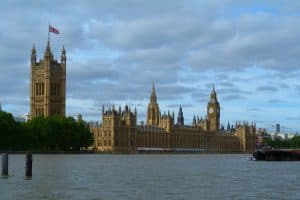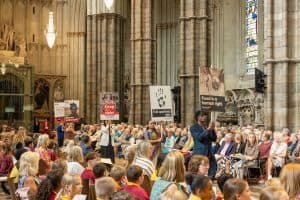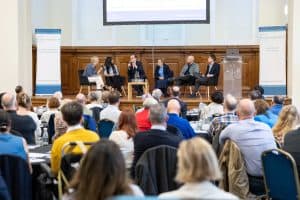By Lianne Kolirin
London is blessed with many old churches, but few have a history as long and impressive as St Bartholomew the Great, a few steps away from Smithfield market in the City of London.
This year the priory church — affectionately known as Great St Bart’s — turns 900.
A series of celebrations are running throughout 2023, including a procession and church service on Saturday, 25 March — exactly 900 years after the foundation stone of St Bartholomew’s Priory and the neighbouring Bart’s Hospital were laid.
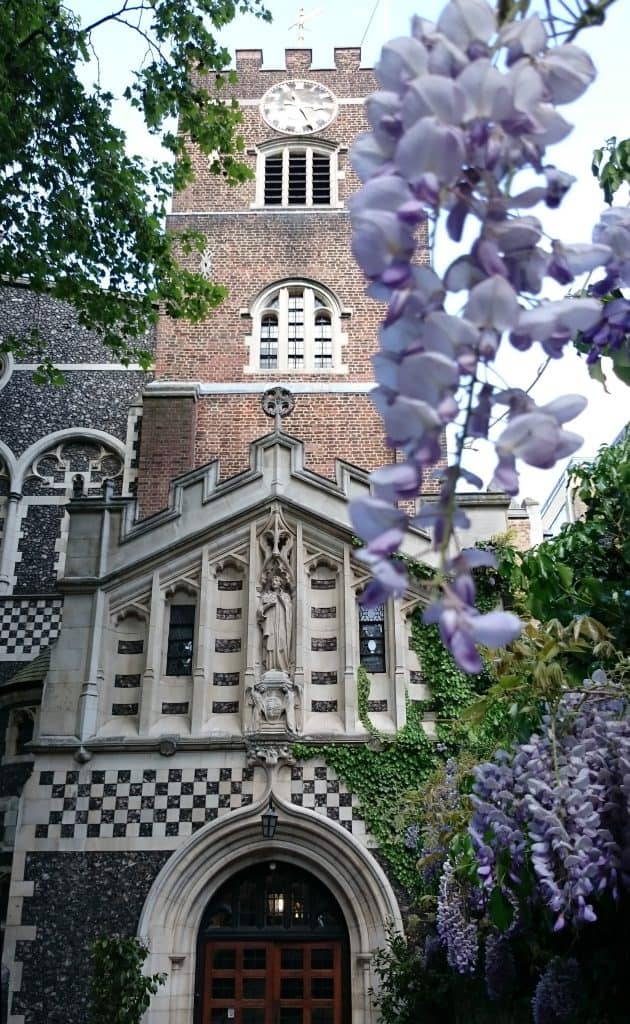
Great St Bart’s remains one of London’s best-kept secrets. But part of the plan for its birthday is to let the secret out and draw more visitors — especially young ones — in.
“We really want to develop our educational side because we’re hardly known,” the rector, Fr Marcus Walker, told the Religion Media Centre. “Our big hope is that we can really increase our educational footprint so we become one of the go-to places for schools.
“What is unique about this church in London is that it survived the Great Fire of London and the Blitz,” Fr Marcus said.
St Bartholomew’s was established by Rahere, a courtier of King Henry I who some say was a jester. When the king’s son Prince William — a friend of Rahere — drowned, the courtier went on pilgrimage to Rome.
While there he fell seriously ill. Delirious, he prayed for his life, vowing to set up a hospital for the poor in London if he survived. As he recovered, he had a vision of St Bartholomew — an apostle, martyred in what is now Azerbaijan — who told him to establish a religious hospital in Smithfield.
True to his word, Rahere set up a a priory of Augustinian canons, and the hospital. The swamp-like land, which was part of the butcher’s market, was cleared with the help of children and funds were invested by Henry I, son of William the Conqueror, and donors. On 25 March, 1123, the Bishop of London laid the foundation stone.
Rahere went on to serve as prior of the priory and master of the hospital and his tomb lies in the church.
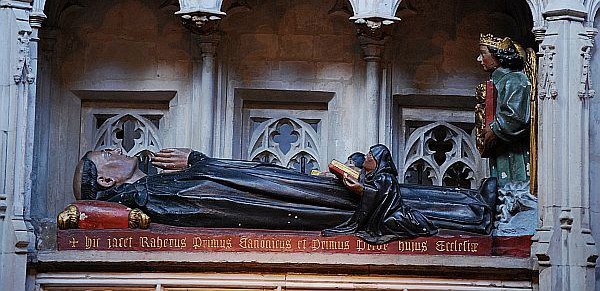
Overlooking the fields where kings confronted rebellions, knights jousted and heretics were burnt, St Bartholomew’s Priory and hospital played a central role in the history of medieval London.
The priory, partially torn down by order of Henry VIII during the Dissolution of the Monasteries, was reborn as a parish church. It served the City of London through the tumultuous years of the Reformation and the Civil War and has played host to many of London’s most famous residents.
William Hogarth was baptised in its font. Charles Wesley preached in its pulpit. Benjamin Franklin served as a printer’s apprentice in its former Lady Chapel. Sir John Betjeman lived across the street in Cloth Fair and memorialised it in his poetry.
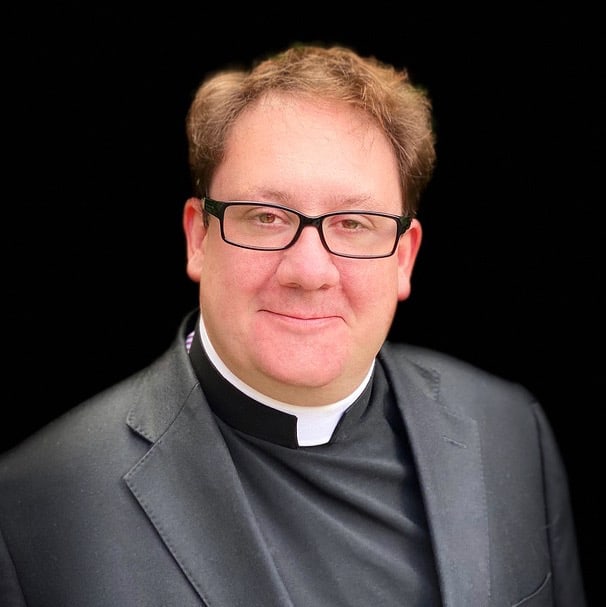
Today the church is home to “a series of time capsules,” the rector says. “You’ve got so many … different bits of history all fossilised in the church,” said Fr Marcus, a former parliamentary researcher. He has been at the church for five years, serves on General Synod and is one of the leaders of the Save the Parish movement.
On a tour of the church, he points out the Romanesque columns, gothic windows and tomb of Rahere. While the church may have remained in place, the goings-on inside were ever-changing.
“After the Reformation the church was parcelled out,” he said, explaining that over its history the church had hosted, among other things, a house of Dominican friars, a nonconformist school, ironmongers, stables and a printer’s workshop.
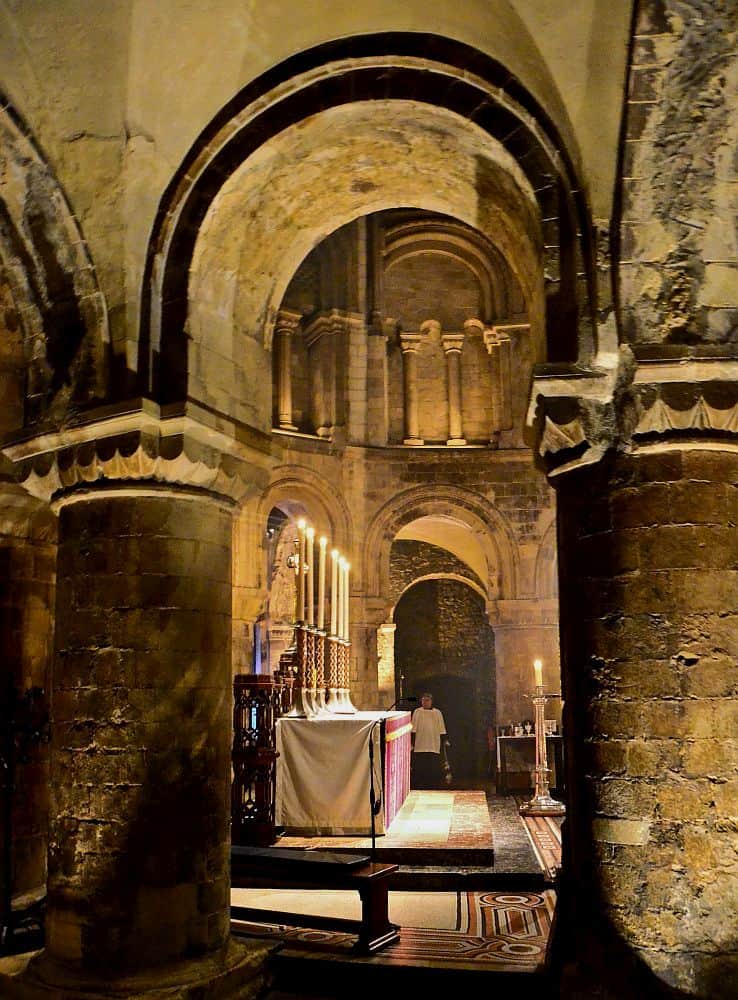
Today the parish, which includes St Bartholomew the Less within the hospital grounds, is also known for its music. “That particularly took off with Rector Wallbank during the Second World War. He arrived under Churchill and left under Thatcher!”
Fr Marcus added: “During the Blitz, Wallbank would go up to the roof and kick off the firebombs. His widow, who died during lockdown aged 102, told me he had terrible vertigo but nonetheless went up to do his duty. But he was also a musician of some note and really took the church in a properly musical direction.”
Today St Bart’s has its own professional choir and the City Music Society plays lunchtime concerts there every Thursday. The rector said: “The interplay of beautiful music and a beautiful place and wonderful history really, really works.”
Art is also an important attraction. At the entrance stands Exquisite Pain, Damien Hirst’s golden sculpture of St Bartholomew, while works by other notable artists from around the world are dotted around the site. As part of the anniversary celebrations, artist-in-residence Elena Unger is curating a multisensory contemporary exhibition to open next month.
The church is also popular with television and film crews, having featured in Four Weddings and a Funeral, Shakespeare in Love, The Real Sherlock Holmes and Spooks.
It has strong ties with many livery companies, including Worshipful Company of Butchers and the Worshipful Company of Hackney Carriage Drivers.
On Saturday the procession will pass from St Bartholomew the Less to St Bartholomew the Great for a thanksgiving service hosted by the rector and music director Rupert Gough.
It is one of an extensive series of events, acts of worship and exhibitions to commemorate St Bart’s extraordinary history. As part of that, organisers hope to raise £9m over the next seven years to “guarantee the future of the choir and the musical tradition”, to update visitor facilities and develop the educational side of their work.
Reflecting on the occasion, the rector said: “I get a very strong feeling of my own insignificance in a really good way. You know that you’re curating this building for a small period of its history. You just want to be able to leave it that little bit better than it was before.
“I feel the support of all those who have gone before — sort of waiting to see what I’ll do and then for me to join them to see what the next 900 years bring.”

